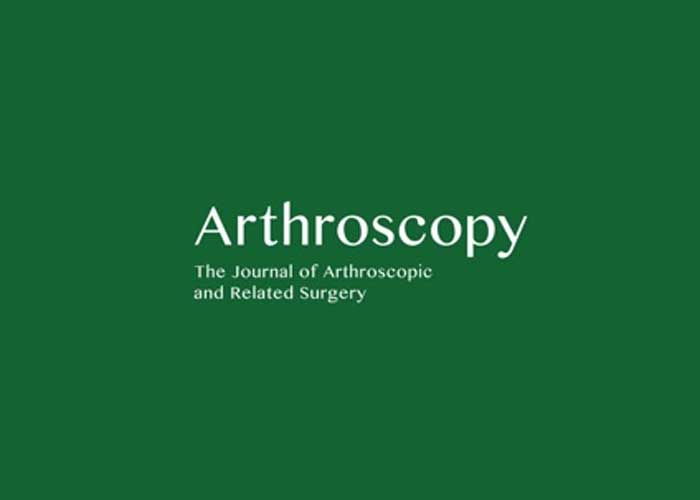Hip Impingement Surgeon

Have you been diagnosed with an abnormality in the hip bone called Femoroacetabular Impingement or FAI? FAI is a condition which causes pain, pinching and eventually damage to the cartilage of the hip. FAI and hip impingement surgeon Doctor Benedict Nwachukwu provides diagnosis as well as surgical and nonsurgical treatment options for patients in Manhattan, New York City, NY who have FAI or other forms of hip impingement. Contact Dr. Nwachukwu’s team today!
What is FAI and pincer impingement?
Over the past decade, our understanding of femoroacetabular impingement (FAI) has increased exponentially. FAI refers to a condition where there is a bony abnormality of the hip. This abnormality can affect the femoral side of the hip (ball), the acetabular side (socket) or both. Pincer impingement is a type of impingement that occurs when extra bone extends out over the normal rim of the acetabulum. In certain cases, the labrum can be crushed under the acetabulum’s prominent rim. In cases of severe pincer impingement, for patients in Manhattan, New York City and surrounding New York boroughs, Dr. Benedict Nwachukwu, orthopedic hip surgeon, commonly recommends a surgical pincer impingement treatment called acetabuloplasty.
What happens during pincer impingement?
When the bony abnormality of the hip socket involves the acetabular (socket) side of the hip, it is called pincer impingement. This refers to an acetabulum that is too deep, extends beyond the normal boundaries or is mal-rotated. This creates a situation of over-coverage and causes the labrum to be trapped between the femoral head and neck with motion of the hip. Over time, the labrum will tear and the underlying articular cartilage will be damaged. The majority of patients with FAI are thought to have a mixed type, with components of both cam and pincer impingement. In cam impingement, the femoral head is not round and cannot rotate smoothly inside the acetabulum. The cause of the condition remains unknown but is likely a combination of factors including genetic, developmental and overuse.
What is the treatment for FAI and pincer impingement?
Initial pincer impingement treatment options are non-operative including rest, activity modification and physical therapy to strengthen the core musculature and muscles around the hip. Injections into the hip may also be used for diagnostic and therapeutic purposes. If a patient continues to have ongoing hip pain, then acetabuloplasty surgery is usually recommended to correct the bony abnormality and address any labral or cartilage pathology.
What is an acetabuloplasty?
If surgery is indicated due to pincer impingement, Dr. Nwachukwu will use an arthroscopic surgical approach using three small incisions. A camera is introduced into the hip to visualize the damage while the other incisions are used to insert instruments to perform the procedure. An acetabuloplasty entails taking away the area of over coverage on the acetabular side to relieve the bony impingement and create space allowing normal motion of the hip.
Cases of mixed type impingement may require both an acetabuloplasty and a femoroplasty, which can be performed during the same surgery. In addition, damage to the labrum and cartilage is also addressed arthroscopically during the operation. Patients may either go home the same day or spend one night in the hospital depending on the specific procedure required.
What are the risks of arthroscopic hip surgery?
During a traditional hip arthroscopy, the hip joint needs to be open in order for the instruments to safely pass into the joint. The traditional way to open the joint is to place a large padded post in the patient’s perineal area to provide counter-traction while the leg is pulled taught. Dr. Nwachukwu is one of approximately 20% of hip surgeons in the USA who have switched to postless hip arthroscopy. This new technology for accessing the joint eliminates the perineal post completely by using a special surgical table to create the traction required for the surgery resulting in quicker recovery without complications such as numbness in the genital area and possible nerve damage.
What is the recovery after acetabuloplasty?
Rehabilitation after acetabuloplasty includes a focused program with a physical therapist starting immediately after surgery. This includes working on regaining motion of the hip while protecting any repairs. Patients are typically on crutches for 4 to 6 weeks depending on what type of procedure was necessary, and are also placed in a brace to protect the hip during healing. The results from acetabuloplasty, with labral repair if needed, have been very promising with the majority of Dr. Nwachukwu’s patients being satisfied with the procedure, having improvements in pain and returning to their normal activities.
For more resources and information on pincer impingement, FAI and how it can be treated with arthroscopic acetabuloplasty, please contact the office of Benedict Nwachukwu, MD, orthopedic hip surgeon serving Manhattan, New York City and surrounding New York boroughs.








